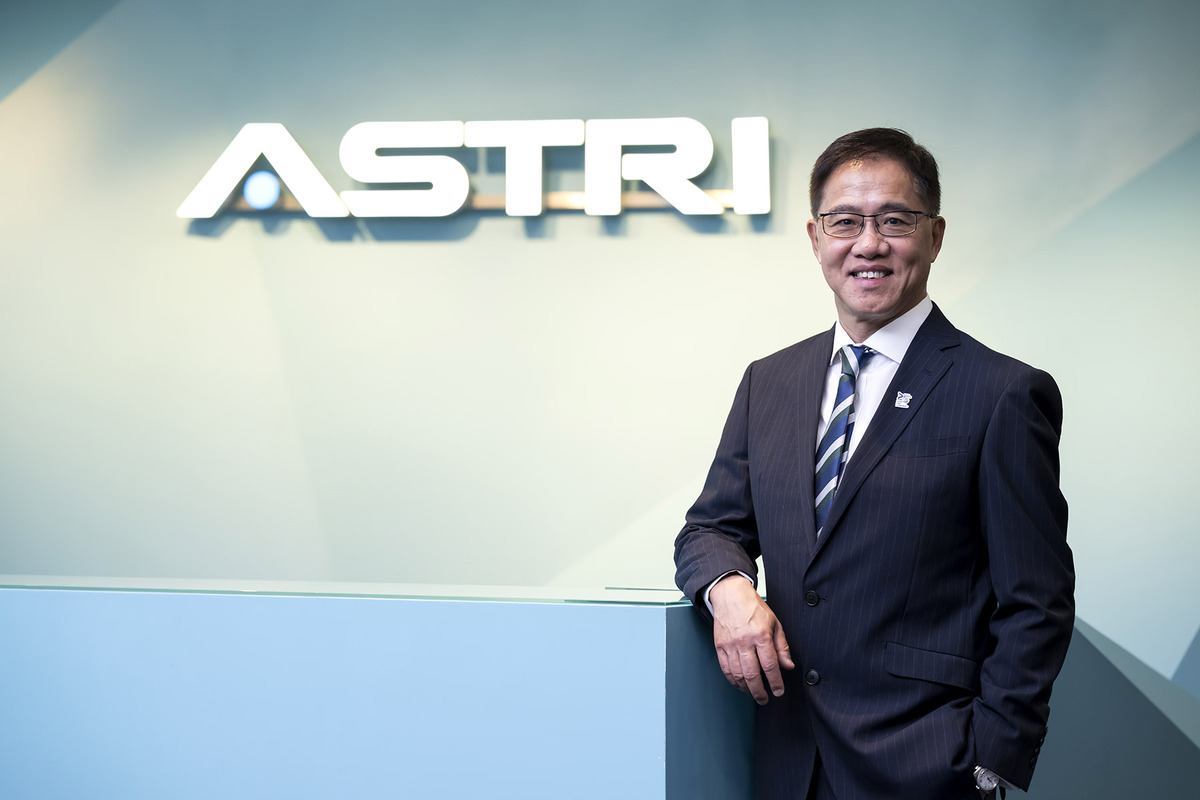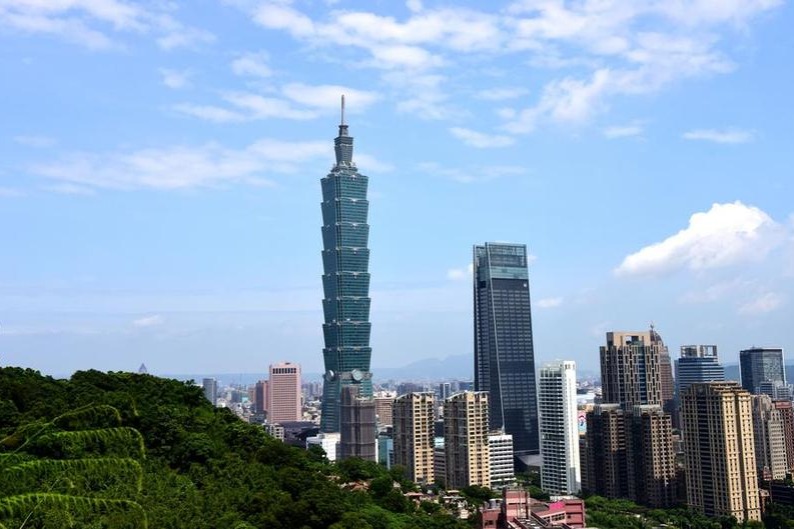A channel for breakthroughs
Shenzhen's Hetao cooperation zone has made major strides in its goal to become a world scientific and technological hub by dismantling policy barriers through close cooperation with Hong Kong on the cross-boundary flow of business and talent. Zhou Mo reports from Shenzhen.


Facilitating tech flow
The key to Hetao becoming a world-class scientific research hub lies in developing a systematic institutional framework focused on facilitating the cross-boundary flow of scientific research elements, says Zhong. "This means an all-around opening-up centered on 'global talent', oriented toward the 'entire innovation process' and advocating 'cultural diversity'," he adds.
Zhong notes that Hetao's institutional innovation has played a vital role in promoting Hong Kong's scientific and technological achievements. Five top-ranked universities from Hong Kong, along with the University of Macau, have set up research platforms at Hetao, and are carrying out more than a dozen scientific research projects there.
Ricky Lee Shi-wei, executive director of the Shenzhen Platform Development Office at the Hong Kong University of Science and Technology (HKUST), says Hetao's policies, location and industrial support are among the main factors that have fostered the university's scientific research achievements across the boundary.
"By taking advantage of these edges, our Shenzhen platform has gradually promoted collaborative mechanisms, including the joint development of research platforms, cross-boundary talent mobility and alignment of technology standards, thereby deepening the synergy between Shenzhen and Hong Kong in scientific and technological innovation," Lee says.
HKUST's SZ-HK Collaborative Innovation Research Institute, located at Hetao, boasts over 100 dual-appointed professors, 30 of whom were featured in a 2024 list of the world's top two percent of scientists.
The institute, which focuses on key areas like artificial intelligence, life sciences and new materials, has filed 100 patent applications and formed partnerships with more than 20 industry partners in the past five years.
Hetao's efforts in pioneering policy breakthroughs have also been a major reason for attracting Hong Kong enterprises to settle there.
CU Datahub has leveraged the zone's innovative cross-boundary data flow policies to drive collaboration between Hong Kong's insurance sector and the mainland's healthcare institutions.
The company has built a compliant cross-boundary data platform focusing on healthcare data flows. It links Hong Kong insurance companies with mainland hospitals to address the inconveniences faced by Hong Kong residents seeking medical treatment on the mainland.
The platform enables direct data interaction between Hong Kong insurers and mainland hospitals, with the entire reimbursement process handled online without patients having to pay upfront before applying for reimbursements.
"Hetao provides a 'first-mover' advantage for cross-boundary data flow, with dedicated specialists assisting in policy alignment and implementation," says Ng. "The policy support in cross-boundary data flow has also helped alleviate our financial burden."
Last year, CU Datahub registered its Hong Kong data intellectual property in Shenzhen, and used it as collateral in securing a 1-million-yuan loan from a mainland bank.
Market-driven growth
While noting that Hetao has taken the lead in driving institutional innovations, Ted Suen Yiu-tak, chief executive officer of Hong Kong Applied Science and Technology Research Institute, believes that more measures should be taken to further enhance its competitiveness in the global technology race.
"Technological innovation should be closely aligned with market demands. This requires in-depth market research to guide the direction of such innovation," he says.
He suggests Hetao provide venture capital, policy incentives and market guidance to entrepreneurs, encourage researchers to create tech companies, and accelerate the transformation of scientific research achievements into marketable products and services.
Building a sound technological and innovation ecosystem is also essential, he adds.
"This involves formulating and implementing policies conducive to scientific and technological innovation, such as preferential tax, intellectual property protection and financial support," he says.
Contact the writer at sally@chinadailyhk.com
- A channel for breakthroughs
- Scientists propose new model to sustain global carbon cycle simulation
- Chinese scientists warn of extreme drought impact on global grassland, shrubland ecosystems
- China renews alerts for rainstorms, strong winds
- Xizang achieves full heating coverage above 5,000 meters
- Where mountains meet the sea




































